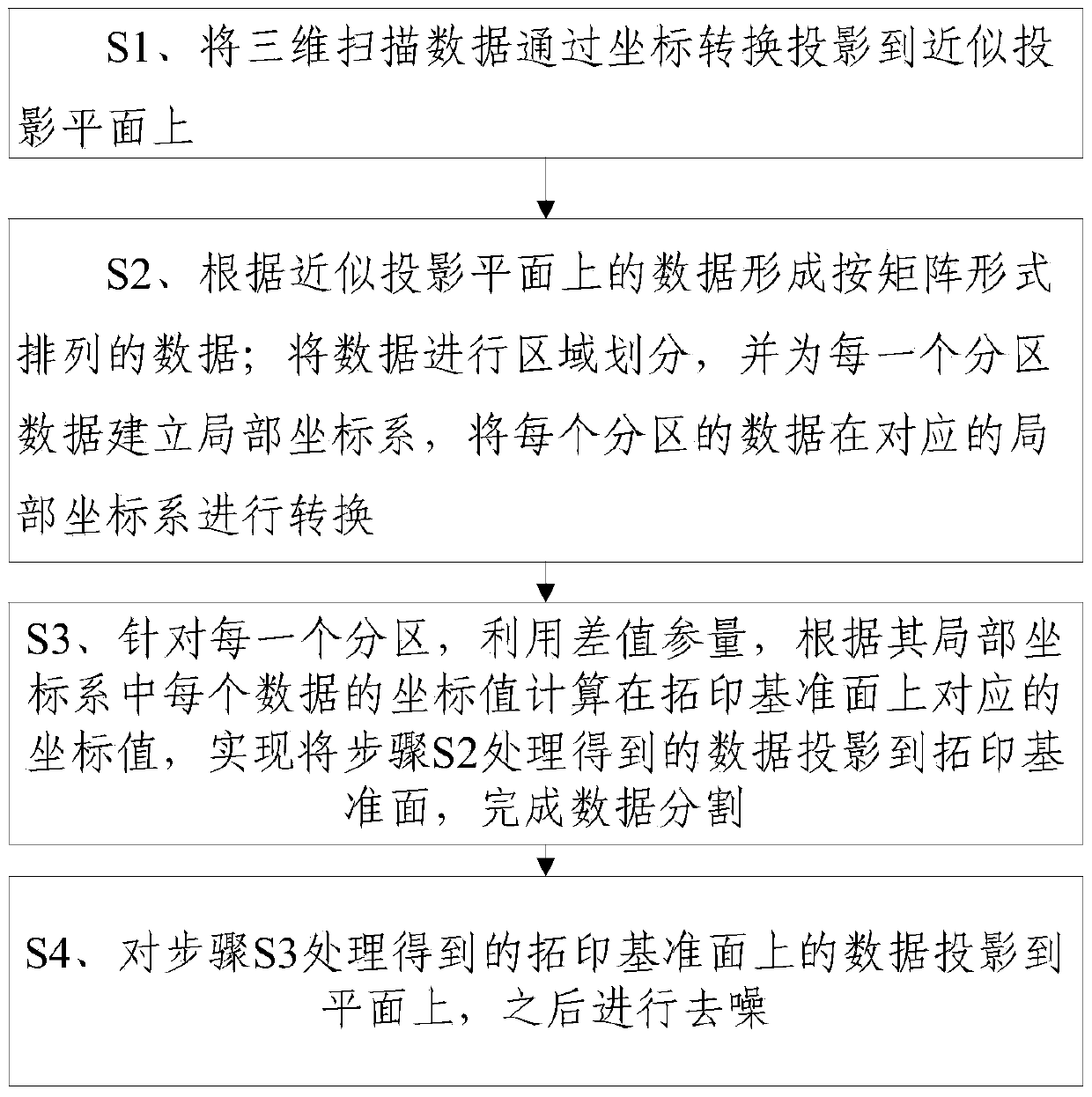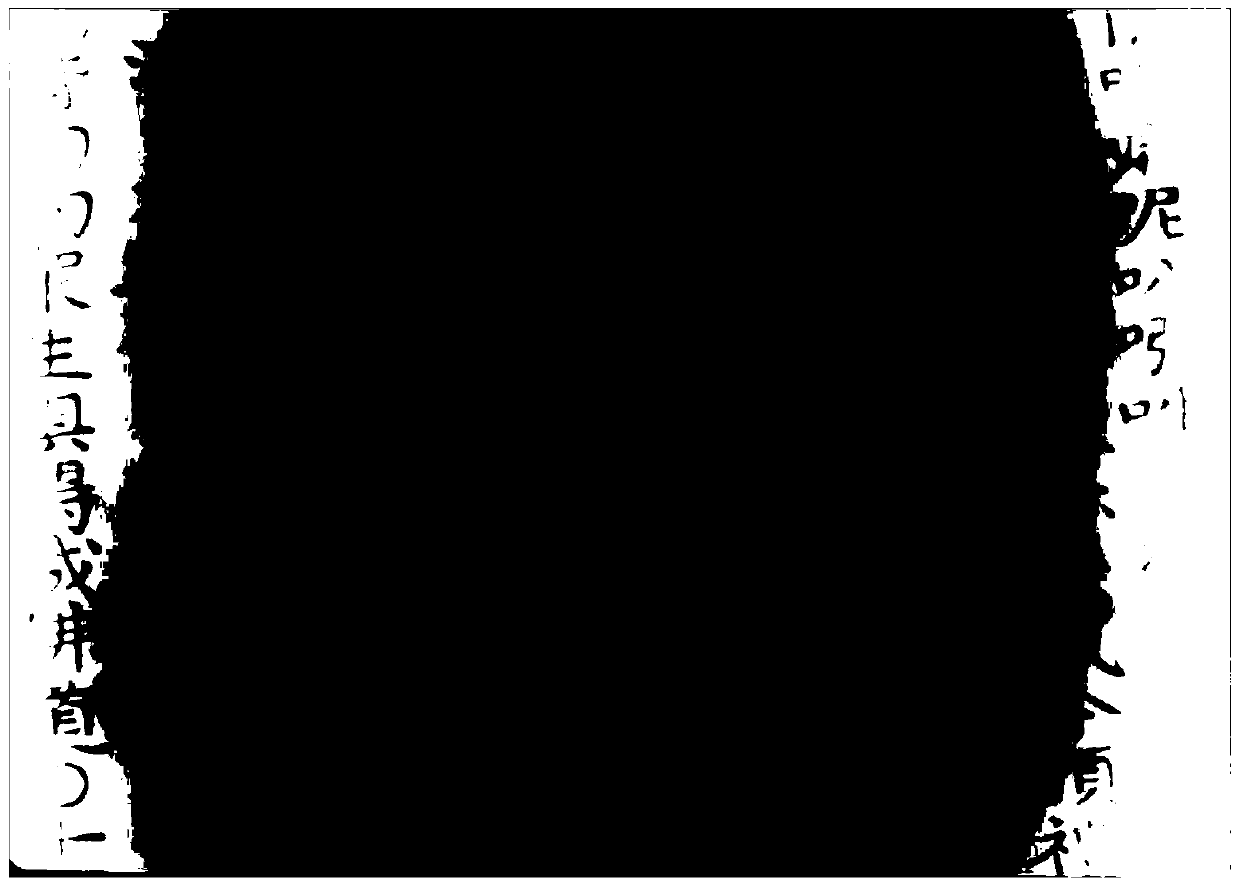Adaptive Bottom Elimination Method for 3D Scanning Data
A three-dimensional scanning and self-adaptive technology, which is applied in the direction of measuring devices, instruments, and optical devices, can solve the problems of redundant data information that increases processing time, distortion of model results, and different processing results, so as to reduce preparation knowledge, Good separation results and avoid interference effects
- Summary
- Abstract
- Description
- Claims
- Application Information
AI Technical Summary
Problems solved by technology
Method used
Image
Examples
Embodiment Construction
[0078] The present invention will be described in further detail below in conjunction with the accompanying drawings and embodiments. The following examples are used to illustrate the present invention, but should not be used to limit the scope of the present invention.
[0079] An adaptive bottom surface removal method for 3D scan data, such as figure 1 As shown, the method includes the following steps:
[0080] S1. Projecting the three-dimensional scanning data onto an approximate projection plane through coordinate transformation;
[0081] S2. Forming data arranged in matrix form according to the data on the approximate projection plane;
[0082] dividing the data into regions, and establishing a local coordinate system for each partition data, and converting the data of each partition in the corresponding local coordinate system;
[0083] S3. For each partition, use the difference parameter to calculate the corresponding coordinate value on the rubbing reference plane a...
PUM
 Login to View More
Login to View More Abstract
Description
Claims
Application Information
 Login to View More
Login to View More - R&D
- Intellectual Property
- Life Sciences
- Materials
- Tech Scout
- Unparalleled Data Quality
- Higher Quality Content
- 60% Fewer Hallucinations
Browse by: Latest US Patents, China's latest patents, Technical Efficacy Thesaurus, Application Domain, Technology Topic, Popular Technical Reports.
© 2025 PatSnap. All rights reserved.Legal|Privacy policy|Modern Slavery Act Transparency Statement|Sitemap|About US| Contact US: help@patsnap.com



